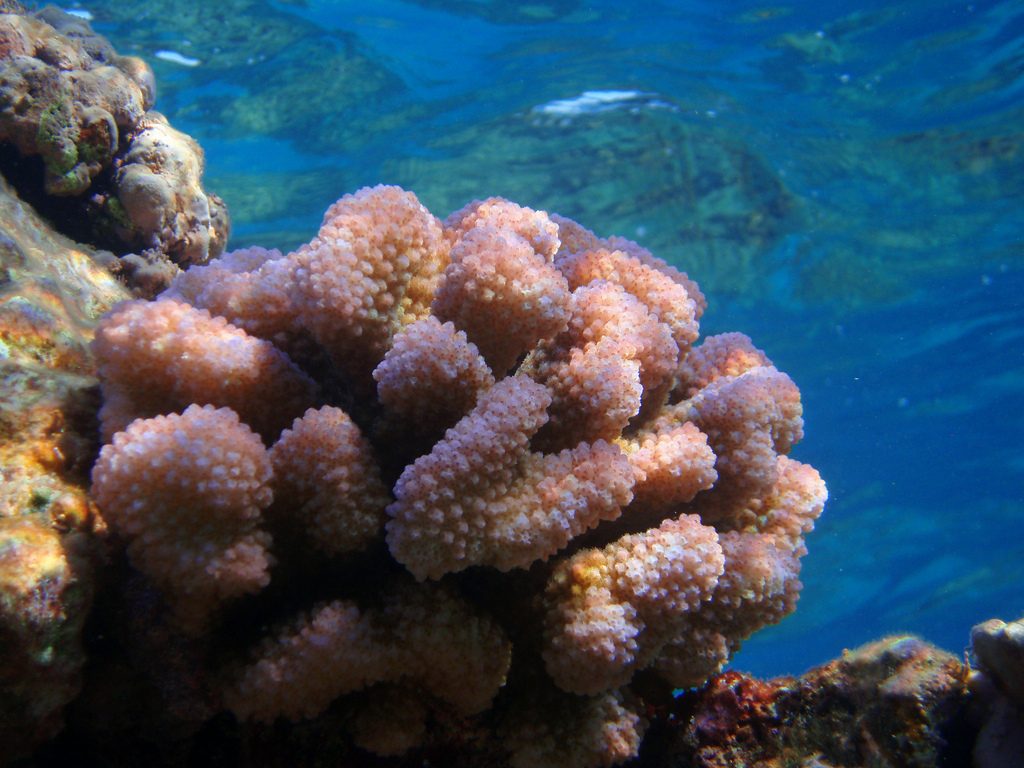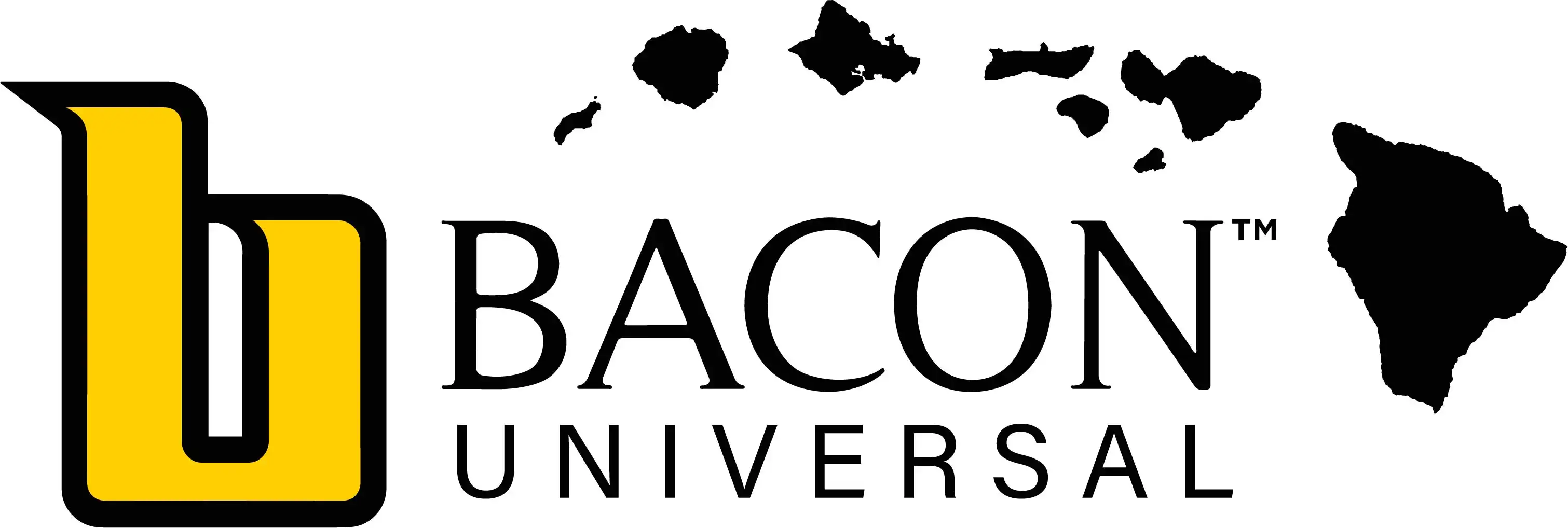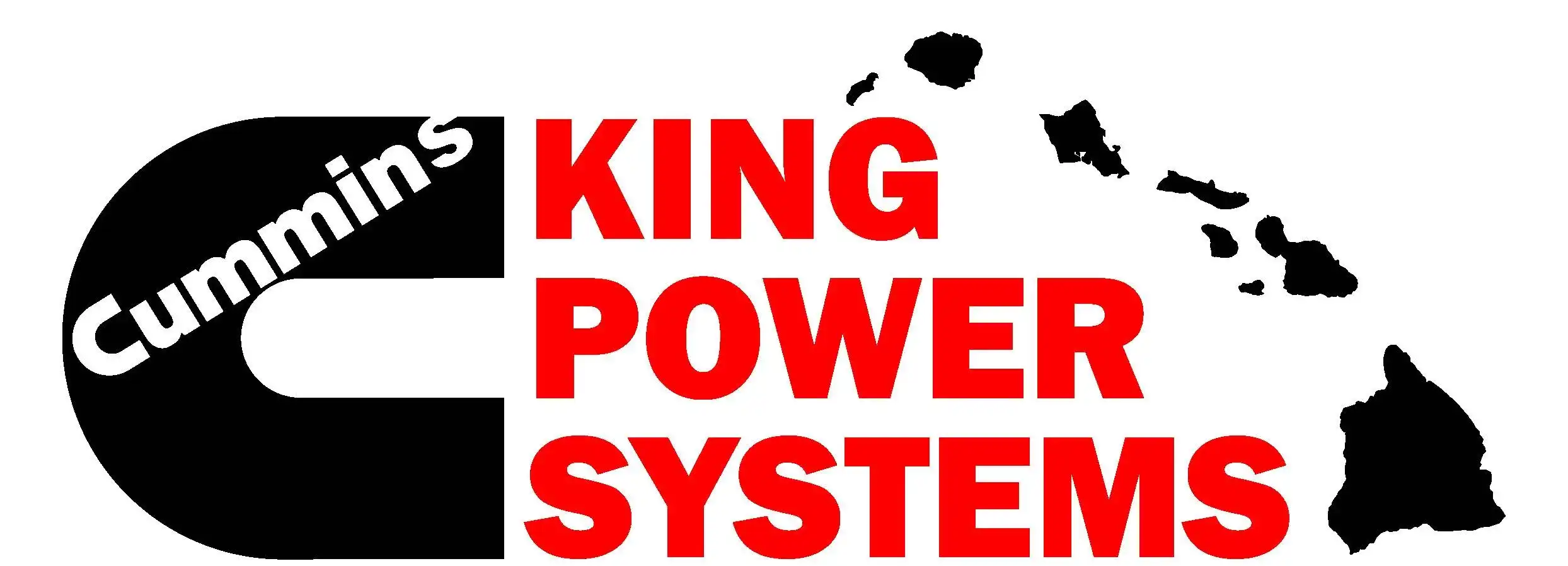Hawai‘i’s Cauliflower Coral Moves Toward Endangered Listing

Cauliflower coral
Photographer credit:
U.S. Fish and Wildlife Service
Cauliflower coral could soon get federal protection under a petition filed by the Center for Biological Diversity.
The National Marine Fisheries Service today announced that listing the species may be warranted under the Endangered Species Act.
These shallow-water corals — which are typically green, pink or cream-colored — have declined significantly, including a 36% drop in coverage across Hawaiʻi from 1999 to 2012.
According to the Center for Biological Diversity, the species in the Hawaiian Islands that has been devastated by ocean warming triggered by human-caused climate change.
“Cauliflower corals are in crisis, so this is great news. We need to take care of our coral reefs to maintain a healthy biodiversity in our oceans,” said Maxx Phillips, Hawaiʻi director at the Center. “Federal action is urgently need to protect cauliflower coral, called Koʻa in Hawaiian, and our coral ecosystems that are dying out from ocean warming and climate change.”
In announcing a 90-day review for cauliflower coral (Pocillopora meandrina), the Fisheries Service said scientific evidence shows the species is likely to be listed as threatened or endangered throughout its range. It will accept public comment on the finding and conduct a full status review of the species and its threats. A listing proposal could come early next year.
Protecting corals ultimately requires reducing global temperature increases by drastically cutting fossil fuel emissions. The cauliflower coral is also threatened locally by land-based pollution, sedimentation and physical disturbance caused by human activities.
Cauliflower corals have been particularly vulnerable to bleaching episodes on reefs worldwide. Between 2014 and 2017, a massive coral-bleaching event swept across the planet, killing millions of corals on hundreds of reefs from Hawaii to the Great Barrier Reefs. Scientists say it was likely the most widespread, harmful and longest mass coral bleaching ever.
Endangered Species Act protection for the cauliflower coral will minimize key threats, including land-based pollution and runoff from islands in Hawaii. The Act has a 99 percent success rate in preventing extinction for species under its care.
An earlier coral petition, filed by the Center in 2006, resulted in the protection of elkhorn and staghorn corals, which became the first species ever to be protected under the Act because of the threat of global warming.










